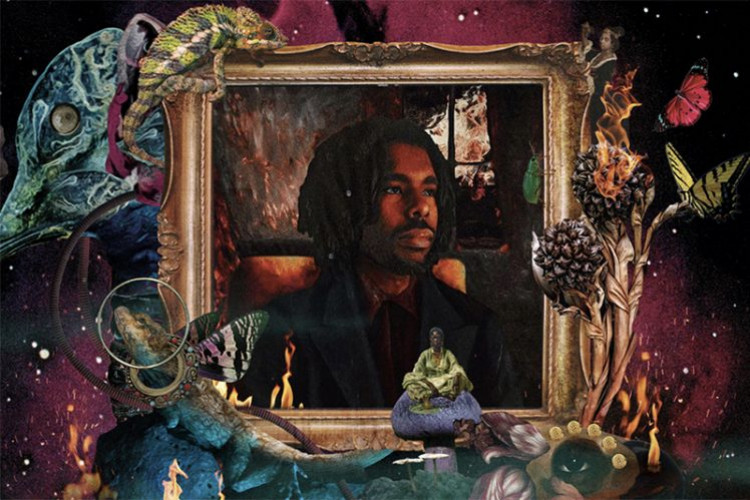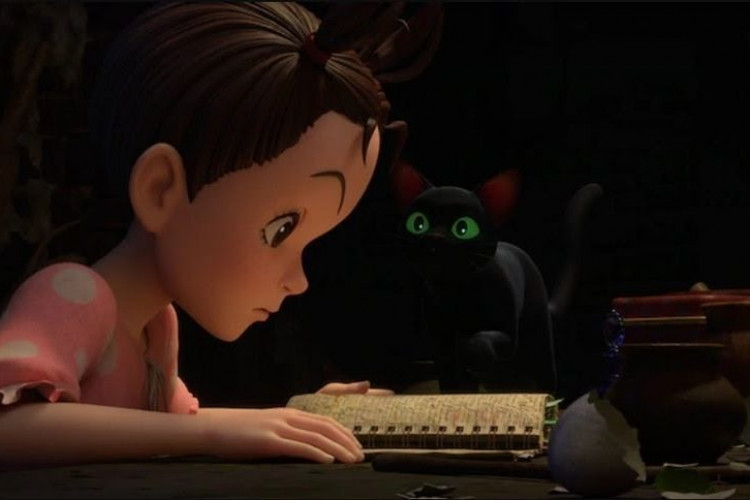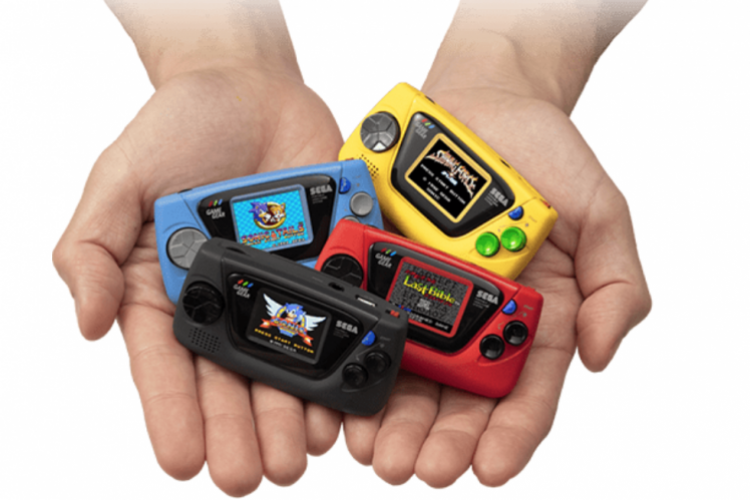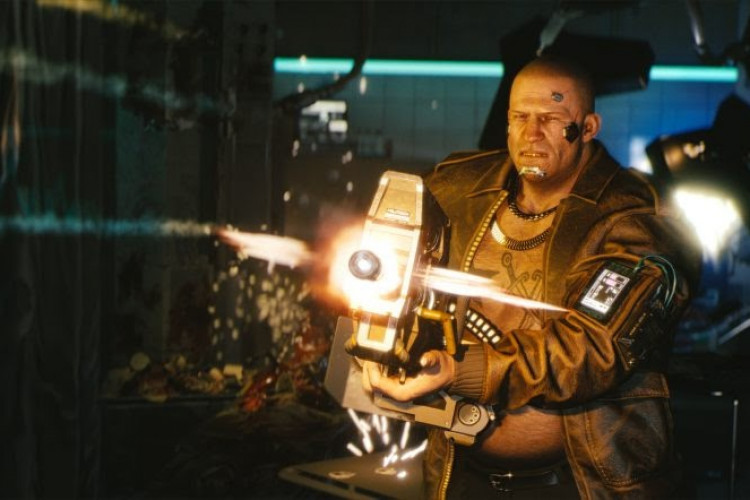Putting Music in Context with Aryo Adhianto
Chandra Drews (C) interviews Aryo Adhianto (A) of Space System & Listen to the World
by Ken Jenie
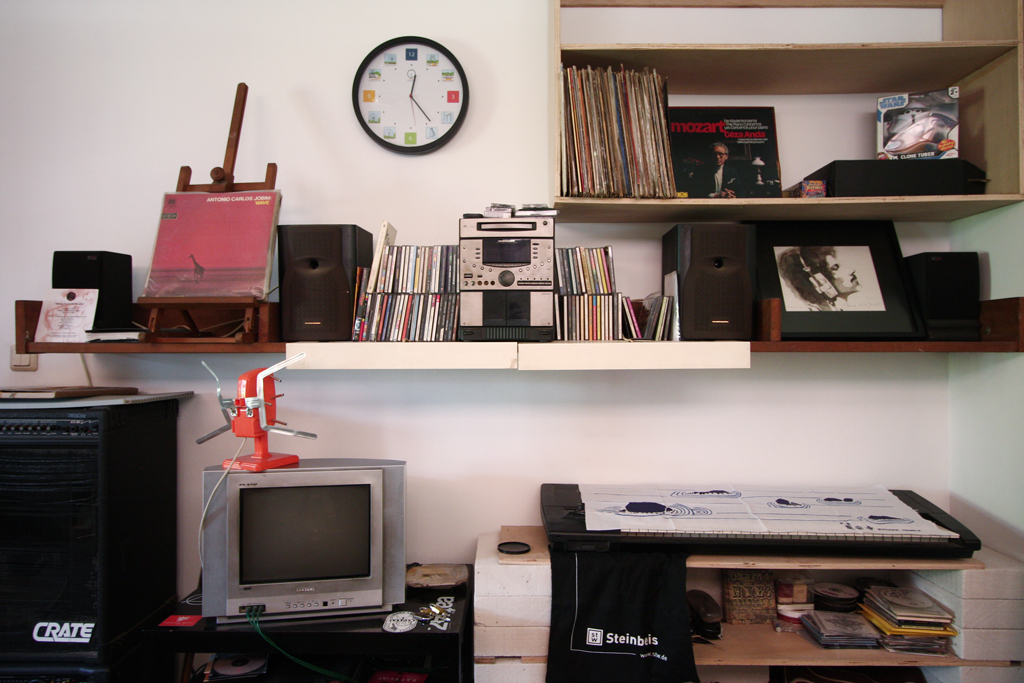
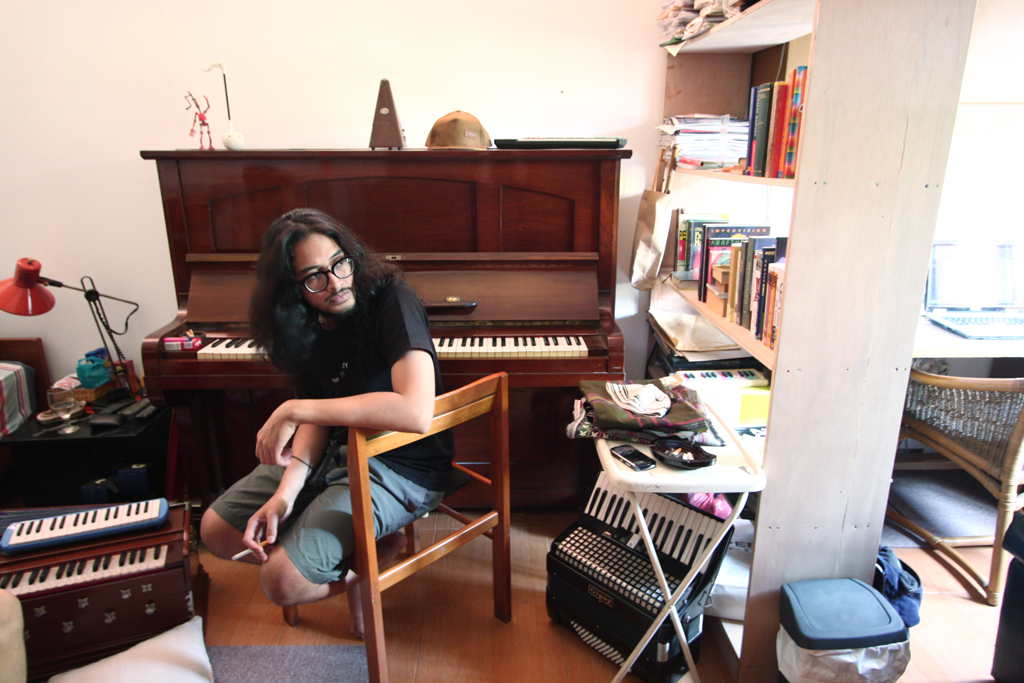
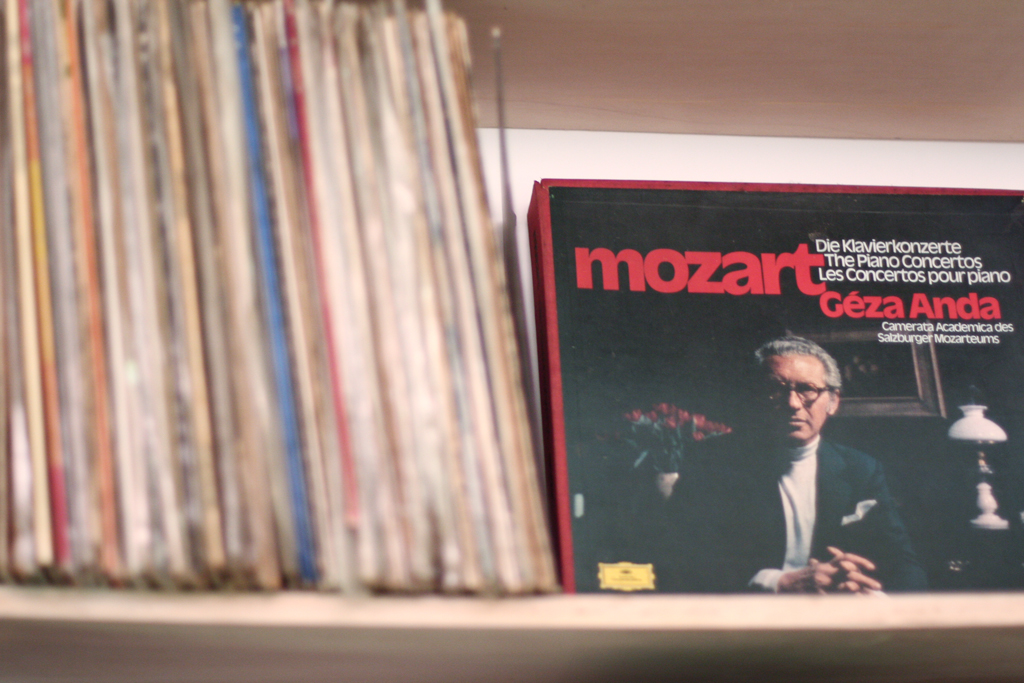
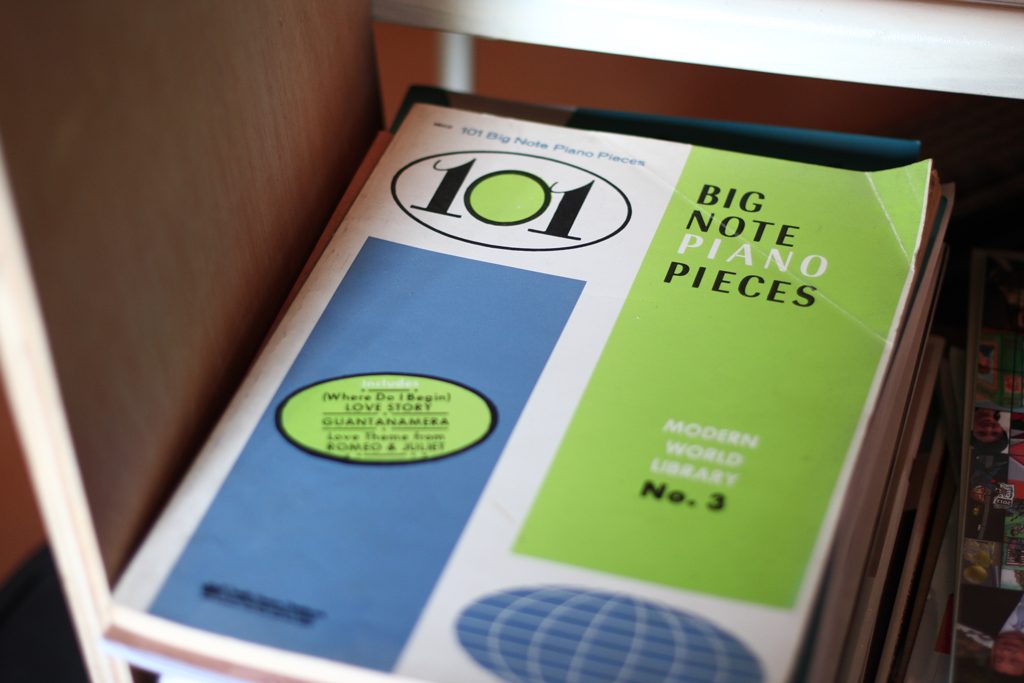
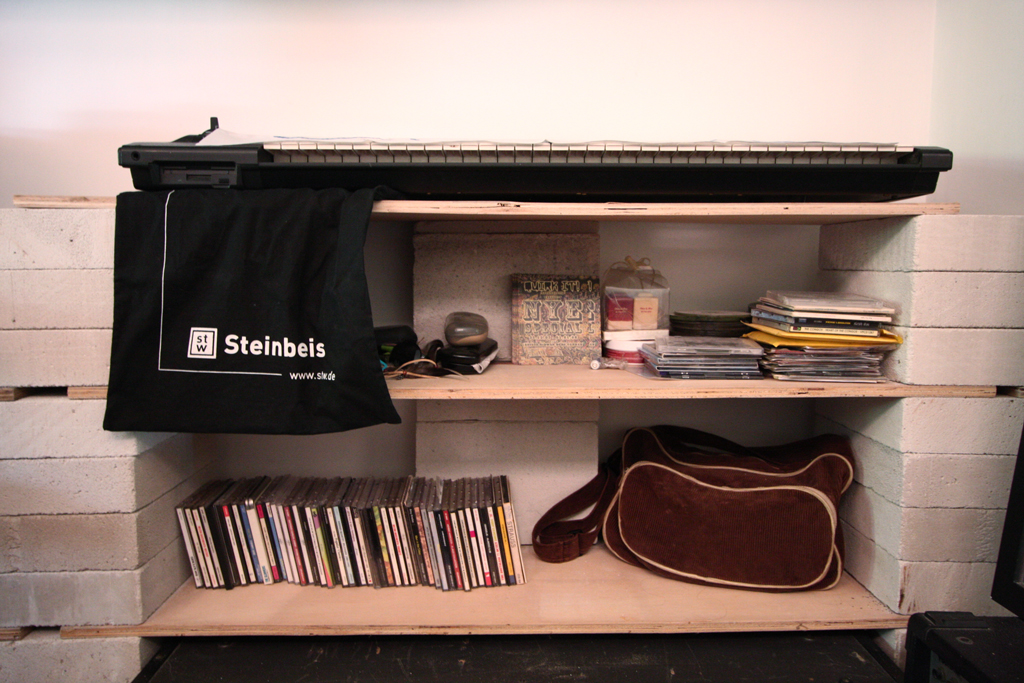
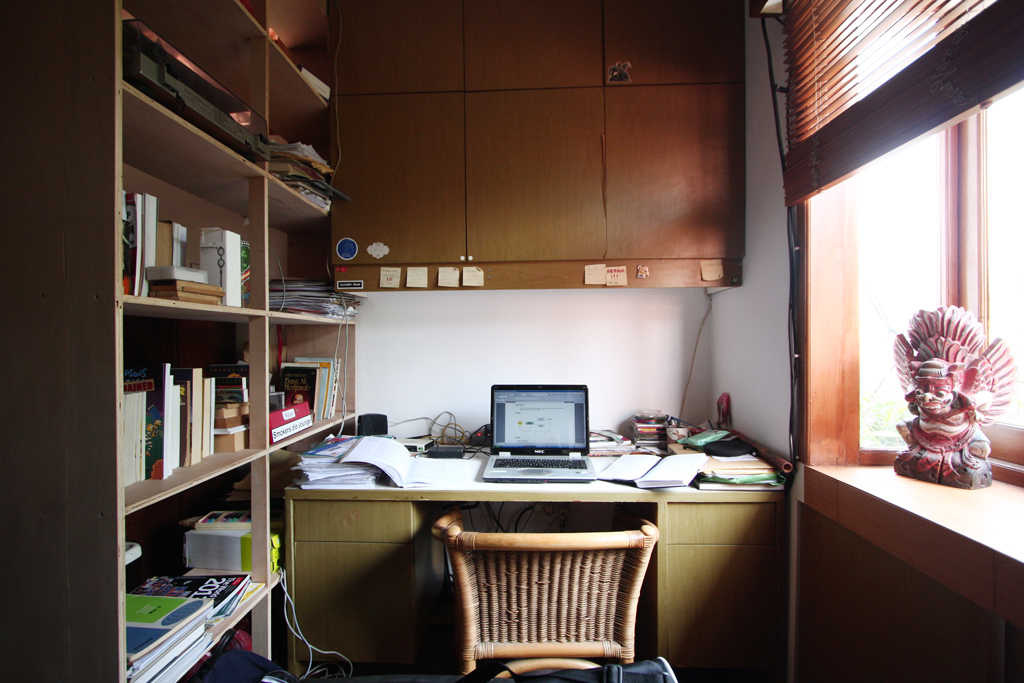
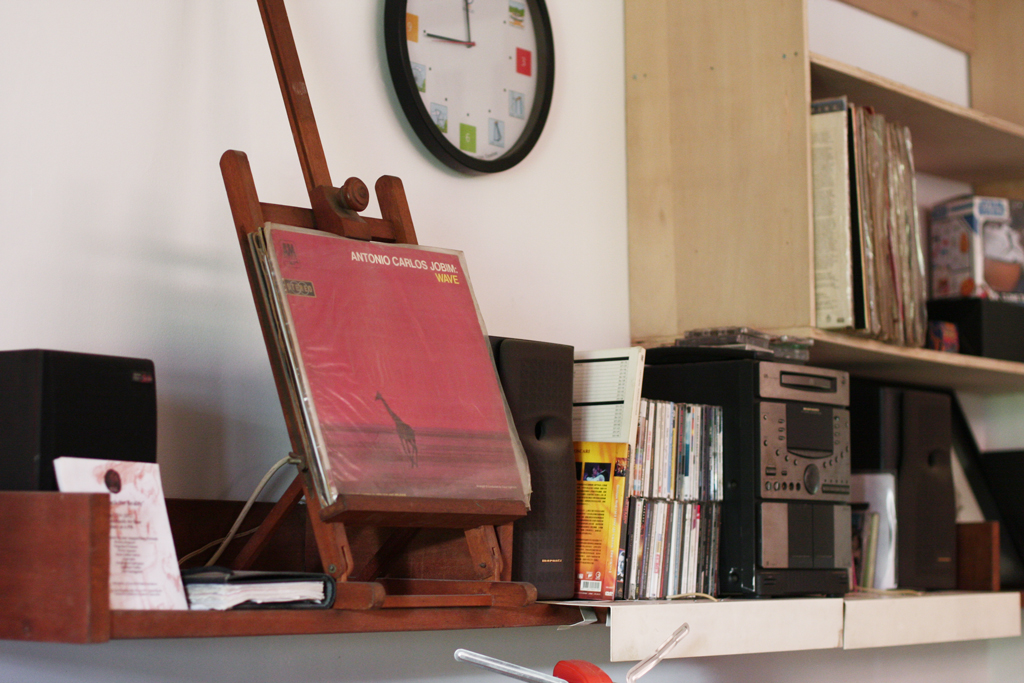
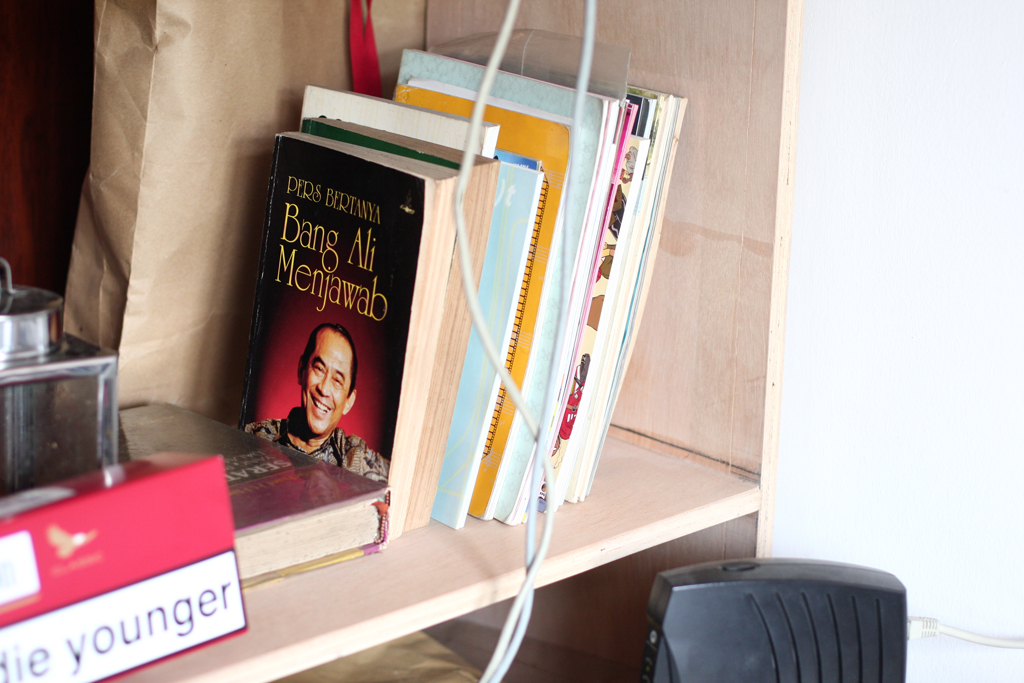
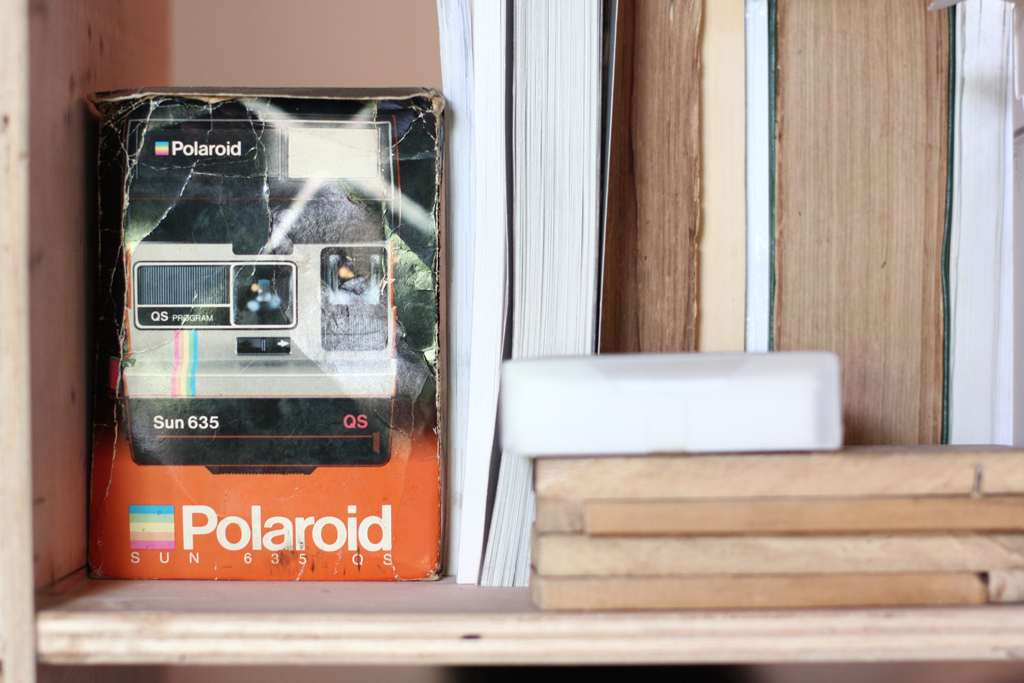
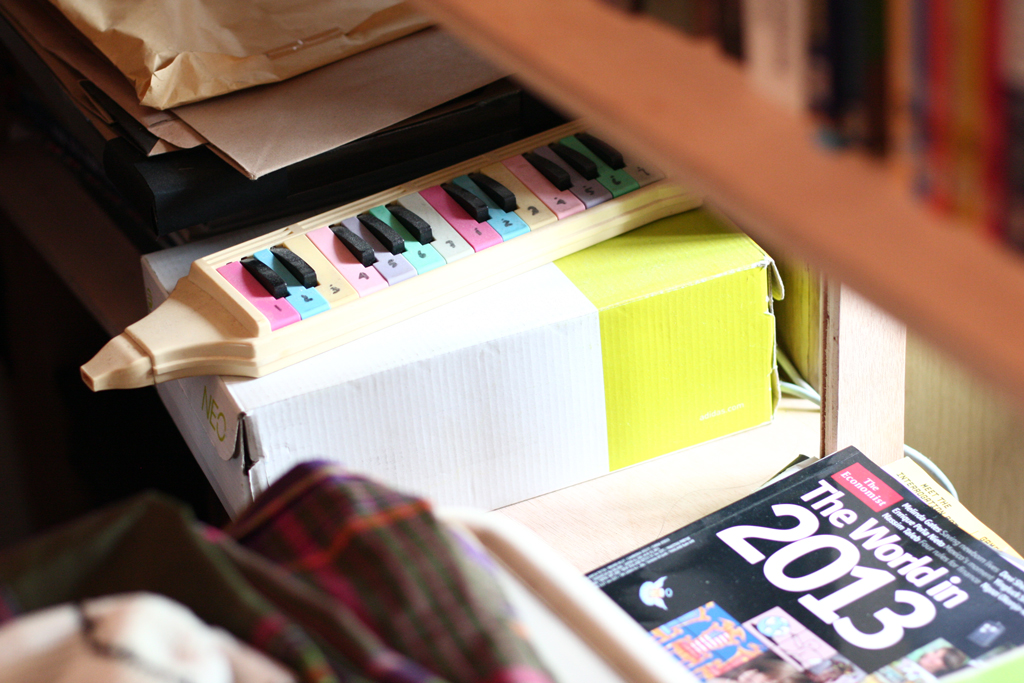
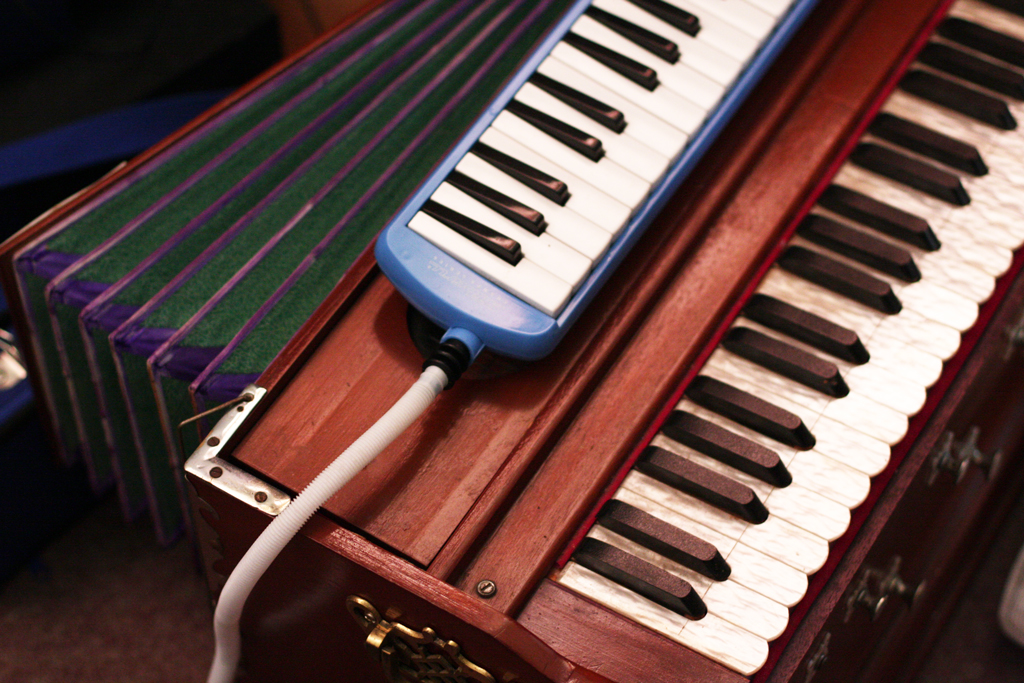
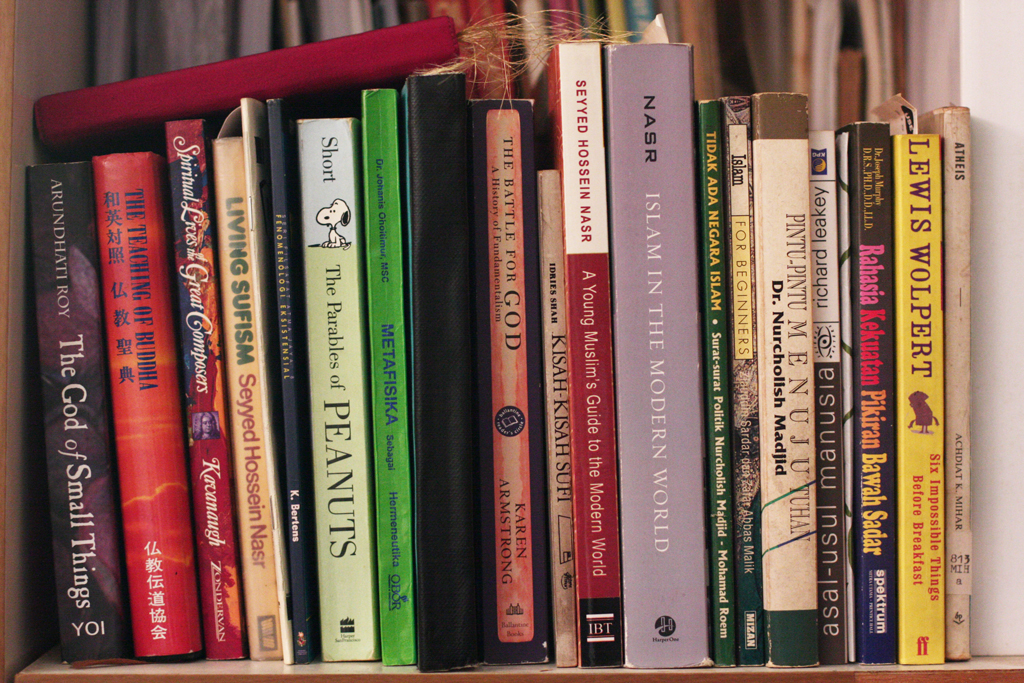
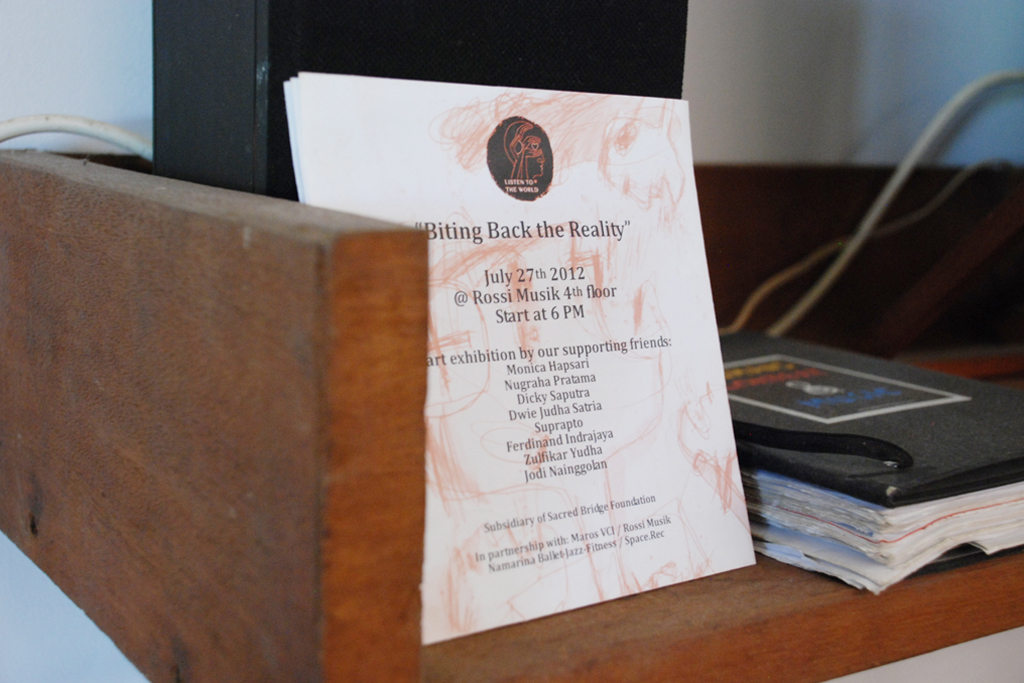
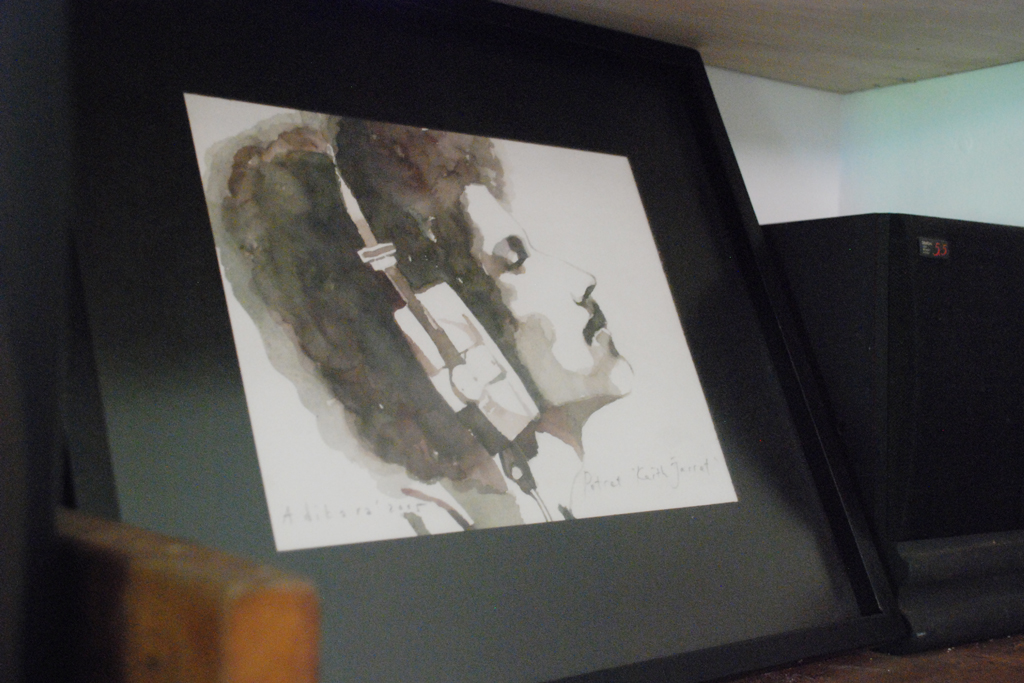
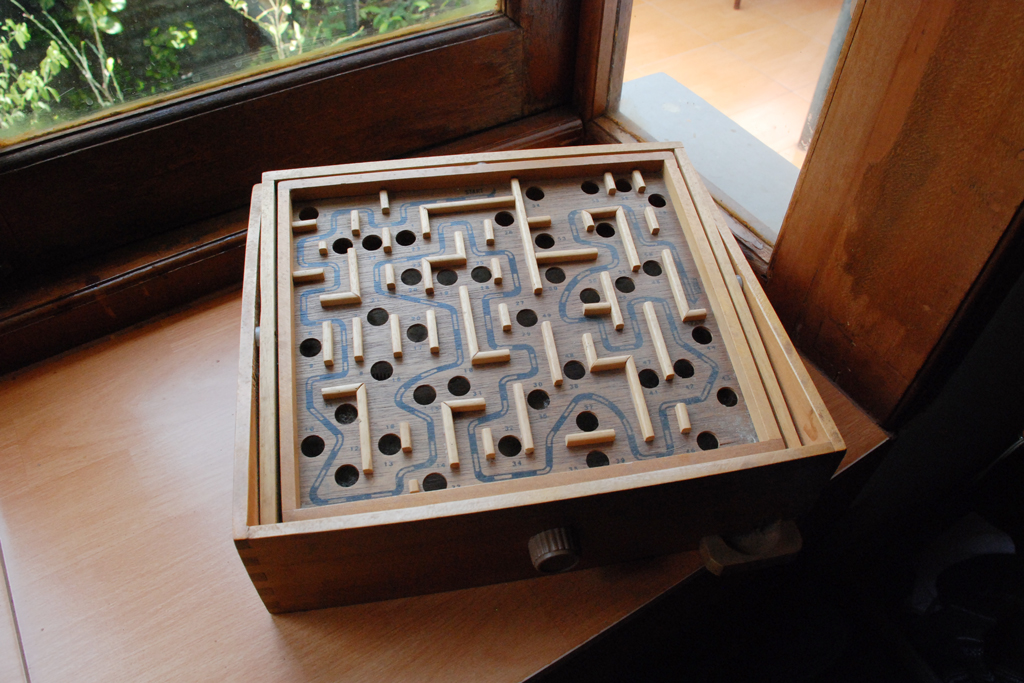
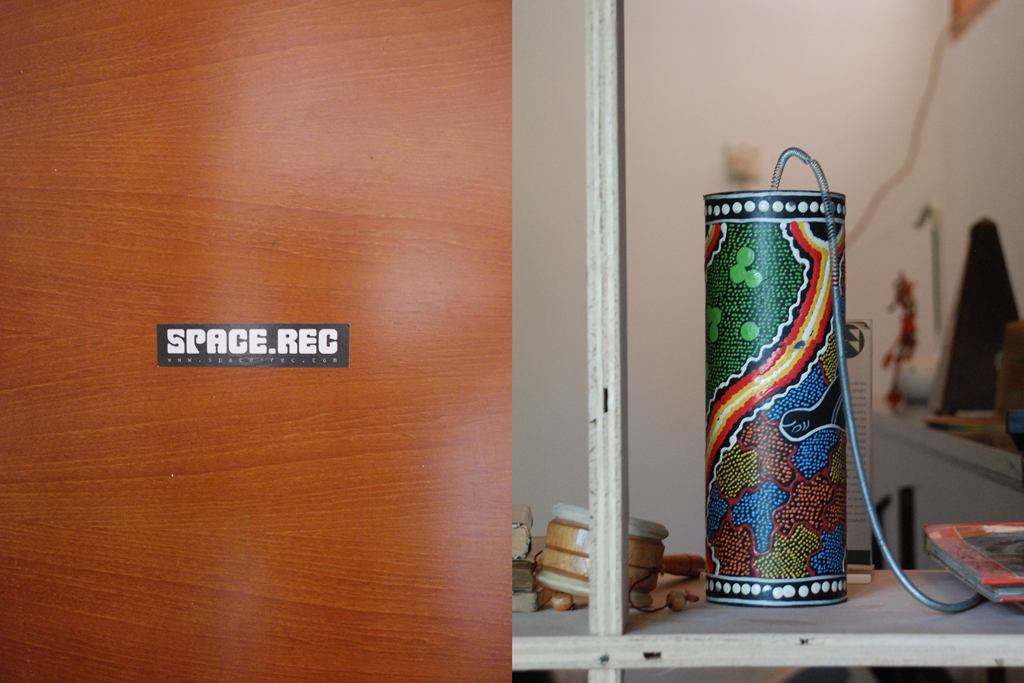
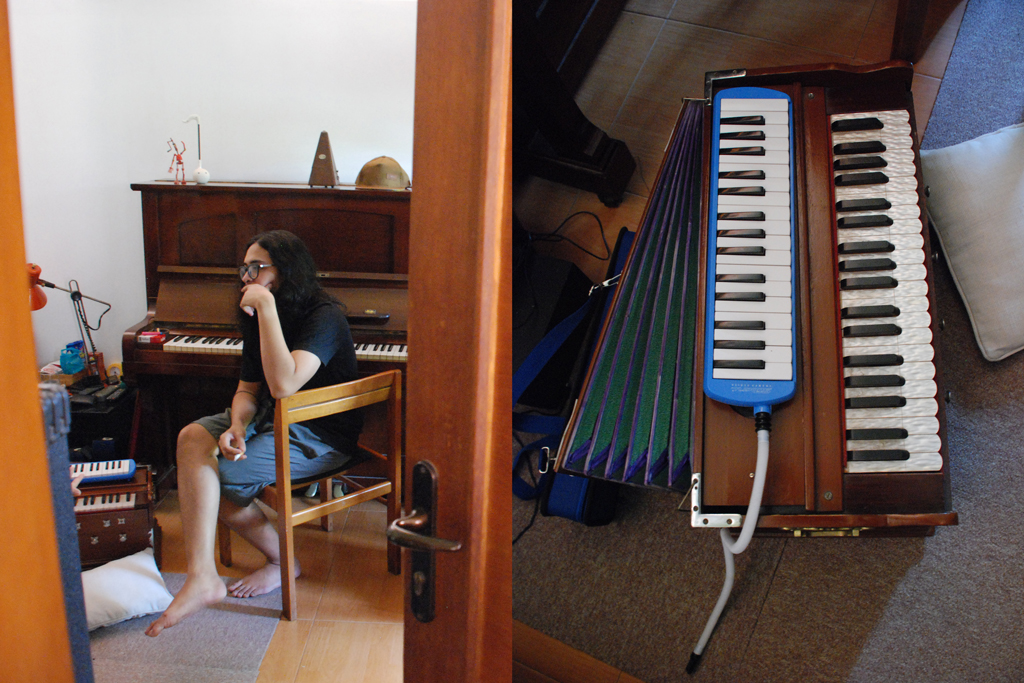
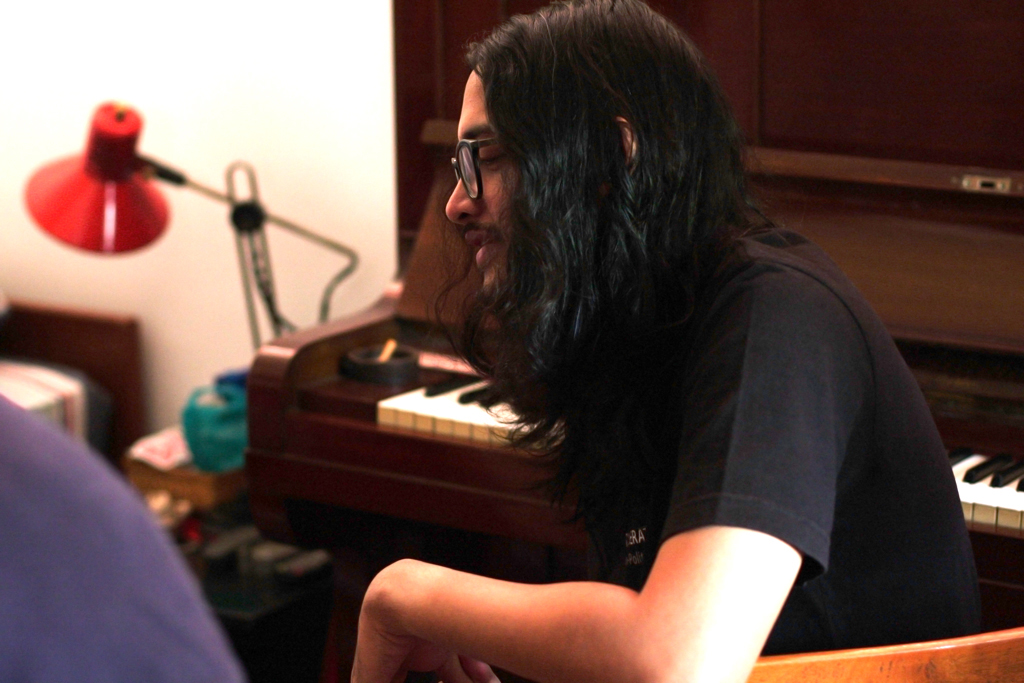
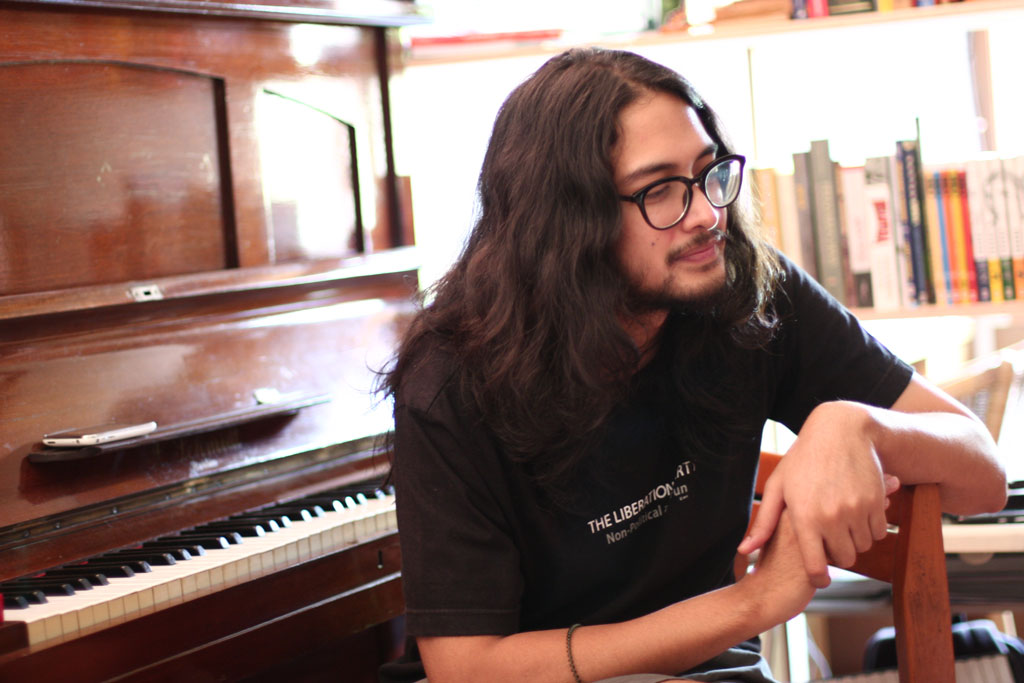
C
Could you explain to us how your passion for music started?
A
As far as I can remember, it stemmed from my father. He was an avid record collector, especially of jazz records. More specifically, he was into Latin-jazz in general and Brazilian-jazz in specific. Our family had a Sunday music listening ritual where my brother, my father and myself would gather and just listen to records, particularly those of Antônio Carlos Jobim (while pointing to a Jobim record resting on an easel on the mantelpiece).
C
All right, so that’s the story of how you became interested in music. Can you tell me more on how you started to play music?
A
Stemming from those musical experiences in my family, I really started to take interest in playing a musical instrument, the piano being the one I wanted to learn the most due to my fascination with the work of Jobim. And for some reason the sound of the piano just resonates with me. Coincidentally we had a piano in the household so I started fooling around with it. I was instantly transfixed with the instrument and felt I had a natural talent for it. And from the second grade onwards I took piano lessons, as my parents were fully supportive.
C
And was that focused solely on jazz? Or did you also learn classical music on the piano?
A
I started with classical music, where I learned to read music. Funnily enough I wasn’t the slightest bit interested in the reading aspect of music. I just really liked the pieces. I even fooled my piano teacher into believing that I could read music well (for the practical exams), where in fact it was all by ear. Anyway, my music lessons stopped for a brief while, continuing in the fourth grade, stopped again, picking it up again in junior high school and then stopped altogether. In high school I was a fully autodidact musician.
C
So in you junior and senior high-school days, were you involved with any school bands?
A
Yep. I started in junior high school where I was the keyboardist in a school band called EXID (ex-1D). That continued into high school where a couple of my junior-high band members moved to the same high school as myself. It was there that we formed a band called Biru Muda and performed in quite a few high-school festivals and inter-school band competitions.
C
Did Biru Muda have the same musical feel as EXID?
A
Yeah it was still similar, but by the time we were in high school, our sound was much more influenced by the emerging acid-jazz sound. We mostly performed covers, criss-crossed with some original compositions, but I always insisted on rearranging the covers and make it sound different to the original. That way of thinking didn’t always go well with the other band members so we started to drift apart musically.
C
So did you start concentrating on making your own compositions after high school?
A
Indeed, starting from my university days, when I moved away from home and lived in a rented student house. It was during that carefree period that I started to familiarize myself with other musical forms, such as blues and funk. On the other hand, I also started to make music through the computer. That’s when I discovered and learned to use programs such as Reason and Fruity Loops and was subsequently drawn into electro, techno, house and the like. And it was also in that student flat where I met my housemate Pattra Pangestu (who would later on become Aryo and Space System’s manager).
C
Awesome, you’ve answered my question about how you met Pattra. So how did you meet Jonathan ‘Ojon’ Kusuma?
A
Well that was through Pattra. As Pattra heard the stuff I was making on my computer, he recommended that I met up with Ojon and exchange musical ideas. So that’s how we ended up working together.
C
So when did Space System actually form?
A
On 1 September 2005. That was the date when we started to seriously plan where we wanted to take our musical ideas. We earnestly thought that the combination of both of our styles was quite unique and had some potential. So we started thinking of a name, a musical direction and so forth.
C
Why did you two opt for the name Space System?
A
Well that stemmed from our obsession with all things related to outer space. Besides that, space also has a double meaning of ‘room/area/volume’. That’s why I personally liked the word. Yet the word ‘Space’ also felt too expansive, hence the addition of ‘System’. And that word also has many connotations: from system of government, system of work, system of creation and so forth. So there you go, a system within a space. In short, that’s why we picked the name.
C
Right, I think I understood all that (laughs). So the duo was established in 2005. When was your first album ‘Nature’ released? 2007 was it?
A
Nature? That was 2009.
C
Ah yes of course. So did Space System release an EP or a single between 2005 and 2009?
A
We actually did. In 2006 we released a demo of some sorts that we made with very basic means. It had a white cover, a simple sticker, and we handed it out to friends in person. In 2006 we actually also discussed with Pattra the possibility of establishing a record label to accommodate and promote all the other musicians that we shared a common goal, philosophy and sound with, such as Curah Melodia Mandiri, Voyagers of Icarie and Svarghi. That was the start of Space Rec., the record label all three of us now run. Subsequently, in 2008 we produced our first CD in the form the Mysteries compilation.
C
Can you tell me more about the process of making Nature?
A
The idea of making that album came from a two-week road trip Ojon, Patra, Abim (of Curah Melodia Mandiri) and myself partook in. We drove from Jakarta to Bali whilst making stops in a number of places such as Surabaya, Semarang, Bromo, Yogyakarta and Bandung. The beauty of Java and Bali inspired us to create a Space System album in response to all the natural splendour we witnessed. Subsequently we created a handful of tracks that had ‘nature’ at its core before cutting it down to the essential 9 tracks that made it into the album.
C
How long did it take you two from composing the tracks to releasing the album?
A
Around 3-4 months in total.
C
Wow, that’s pretty quick!
A
It was. I think that’s down to us creating the tracks on a computer with an improvised, jam-based method. So each track could be completed within 10-15 minutes. From there we start to re-think the composition and do final edits.
C
So after the release of Nature, did you maintain that method of music making?
A
Not really, no. We started to shift our approach from being computer based aided with a sequencer, to a completely different method, especially after the unfortunate fire that befell Ojon’s house a few years back. And this happened after we relocated our studio to Ojon’s quarters. So with most of our equipment gone, we decided to take it as a turning point and used a distinctly more ‘live’ approach to our music making. This new approach will be evident in our new album scheduled for release in 2014.
C
I also notice that you’ve added two more members to the group. Can you elaborate further on that?
A
We knew the two new members from our usual circle of friends. Geri the saxophonist and Boga the percussionist were actually members of another band, Freedom of Choice who we saw perform live at Rossi a few years back. After their group dissolved we asked them to join Space System as we wanted the group to have a different sound and feel, and the addition of a saxophonist and a percussionist fit the bill perfectly.
C
Moving on, can you tell me more about your solo project A Fine Tuning Creation?
A
A Fine Tuning Creation came into being in 2010 during the period when Space System was still computer and software based, while utilizing fixed tempos. So AFTC was my attempt at producing a complete and more progressive solo live-performance with different tempos and a different dynamic altogether. In essence it was my homage to a solo keyboard live-performance as well as being a platform for me to show that a solo format can be done and be appreciated at the same time.
C
So do you have any plans on recording A Fine Tuning Creation, or will you focus solely on live performances?
A
At the moment I’m still focusing on live shows, so I don’t have any recording sessions planned.
C
And is there also a story behind the name?
A
Well, ‘fine tuning’ alludes to the search of radio frequencies, which also reflects my approach of jumping from one set of sounds to another, without staying at one spot, therefore creating unexpected turns at any given time.
C
I’d like to discuss your other side project, Listen To The World. Please take me through that.
A
That started from my involvement with a music clinic by the name of Gaung, a live forum founded by the Sacred Bridge Foundation where participants would discuss global music education in the 21st century. As a participant I gained many ideas, knowledge, acquired a large network and a whole host of other benefits. It was natural that I felt the need to make an important step and to ‘give back’ towards the music community as I felt there was stagnation in the development of the local music scene due that is too focused towards commercial values. I genuinely believe that there are many other layers that the local music community, including myself, can delve into.
And as the Sacred Bridge Foundation also had a radio program with very similar values to Gaung, called Listen To The World, I suggested to Pattra that we become involved in improving LTTW by branching it out on the Internet. So Pattra and myself ended up managing and administering its website.
C
Besides Listen To The World’s online and radio ventures, are there any offline events that the general public can participate in?
A
Yes LTTW have offline events in the form of discussions, photo exhibitions, live music, parties, visual art exhibits and much more. These events take place every last Friday of the month. The next one will be on the 25th of October at the Namarina studio in Gandaria. I implore anyone to come and give it a go.
C
So you currently have three separate projects under your belt. Are you planning on starting another project, say in the next five to ten years?
A
I’m sure there will be, but I can’t ascertain yet what it would be or even with whom. At the moment it’s all but an unfulfilled notion kept on the back burner. But who knows what the future holds, eh?
C
My final question is perhaps more of a personal curiosity. Can you name me five musicians who are the most influential in your music?
A
I can only give you names of people/artists who are currently influencing my music, as the list may vary from time-to-time.
First of all I’d have to say I Wayan Sadra, whom I met at one of Sacred Bridge Foundation’s music clinics where he was acting as a facilitator. I Wayan, who has sadly passed away, was a contemporary Javanese Karawitan musician and composer who came originally from Bali. He had an extensive background in Balinese and Javanese gamelan as well as Western classical music. I feel that his approach to his craft is very influential to the development of art in this country as well as being influential to me and the other members of Space System.
Secondly I’d say Stomu Yamashta, a Japanese percussionist, keyboardist and composer who is a very influential figure in world of music. Significantly, he changed a lot of Western classical perceptions on percussion, from being a rarely heard background instrument to becoming an integral part in Western classical orchestras. Furthermore he also has extensive knowledge and skill in other music genres such as jazz and rock through his band Go (a jazz-rock super group including Steve Winwood, Al Di Meola, Klaus Schulze and Michael Shrieve) in the mid 1970s. He now devotes his life to Zen Buddhism.
The third name on my list would have to be Ojon. I cannot deny that he has had a massive impact on me as a musician, and has shown me other musical perspectives, especially in the context of Space System. He has a completely different musical approach to me, much freer and more ‘brutal’ (laughs).
The fourth name on the list is Irwansyah Harahap, the composer for Suarasama, whom I also met at a music clinic. I see him as a personal mentor through our time working on the score for the dance musical Namarina where he was music director and I was his assistant in December 2011. I view him with great respect as an ethnomusicologist who has introduced me to the many variations in sounds and music from a wide range of traditions, thus enriching my view of music and how it should be perceived and appreciated.
Lastly, Keith Jarrett, a virtuoso jazz pianist with a strong classical influence who displays a wide music spectrum. He was also a leading figure in the free-jazz movement -where the focus of playing is not on the technical skills, but more towards self-expression. In short, he has also opened my eyes on how to view music, how to treat music and how to treat a musical instrument.
photo by: Dwiputri Pertiwi (1-4, 6-9, 11-14, 16, 19) Ken Jenie (5, 10, 15, 17, 18)








